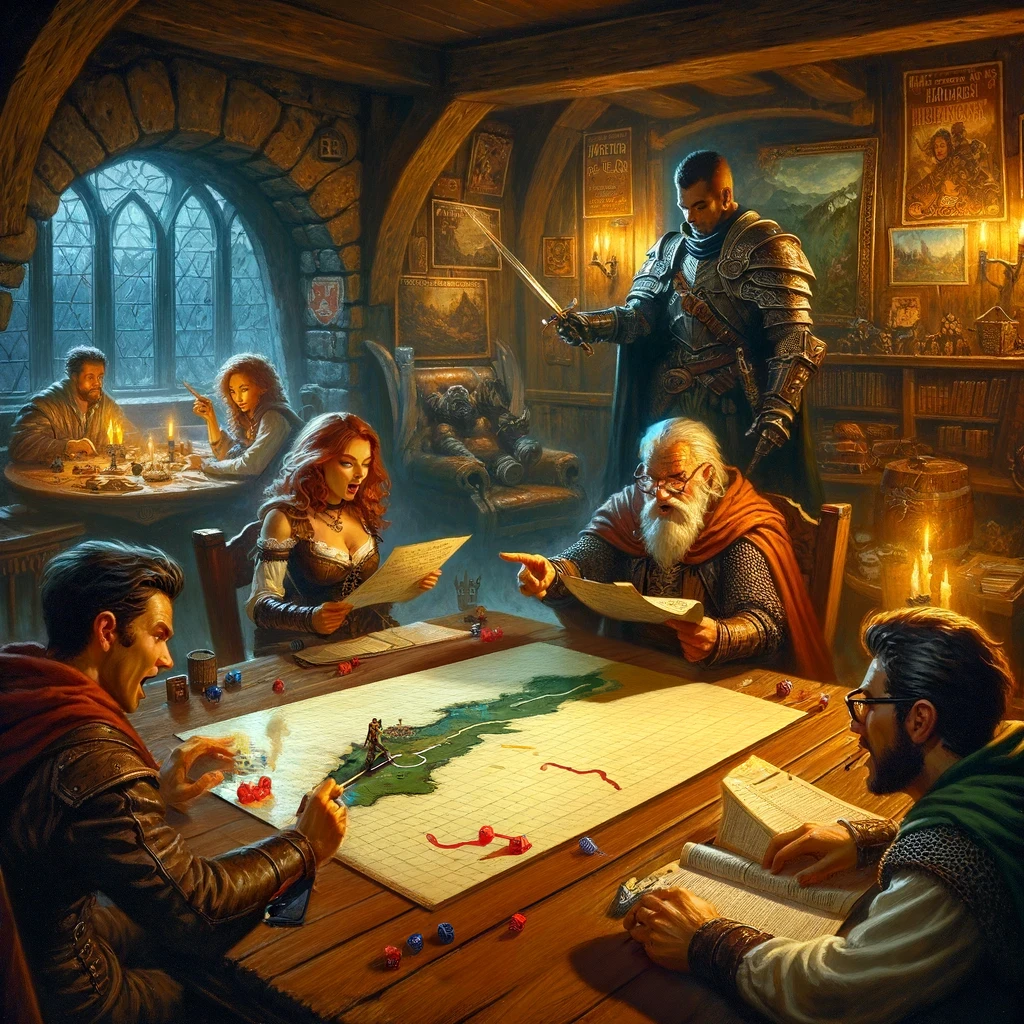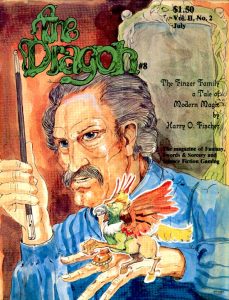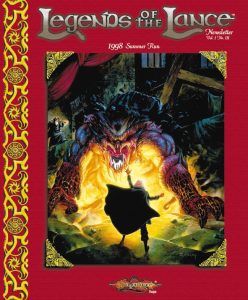
In the realms of tabletop RPGs like Dungeons & Dragons (D&D) and Pathfinder, two elements often define the core experience: combat and storytelling. Striking the right balance between these components can transform a good session into a great one, captivating players with a seamless blend of action and narrative depth. This guide explores strategies for game masters (GMs) to harmonize combat and storytelling, ensuring that each session is engaging, dynamic, and memorable.
To achieve this balance, it is crucial for GMs to not only plan their sessions with both elements in mind but also to remain flexible and responsive to the players' interactions with the game environment. A session might start with a focus on storytelling-exploring characters' backgrounds or unraveling mysteries-but may naturally transition into combat as conflicts arise. Conversely, a session planned around extensive combat can yield moments of intense character development and storytelling, such as revealing a hero's fears or a villain's motivations during the heat of battle.
Moreover, the ability of the GM to weave narrative threads through combat scenarios enriches the overall experience. By embedding plot revelations, character secrets, or significant world-building details into combat, players remain connected to the story, regardless of whether they are negotiating with a city's ruler or battling hordes of undead. This method ensures that each fight feels purposeful and contributes something unique to the unfolding story, keeping players engaged and invested in the gameplay and its outcomes.
The Role of Combat and Storytelling
Before diving into balancing techniques, it's essential to understand the roles that combat and storytelling play in tabletop RPGs:
Combat provides excitement and challenge, testing the players' strategic thinking and problem-solving skills. It's a moment where character abilities can shine, and the risks feel real.
Storytelling offers context and depth, turning what would be mere dice rolling into a compelling narrative adventure. It's where characters develop, secrets are uncovered, and the game world comes to life.
Strategies for Balancing Combat and Storytelling

1. Integrate Story Elements into Combat
Make every fight narratively significant by tying combat encounters to the story. Each battle should have clear stakes or consequences that affect the game world or the characters' goals. For example:
A fight might occur because the characters are trying to prevent a ritual from completing, not just because they entered a room with monsters.
Enemies can have personalities and objectives that may lead to parley or betrayal, adding a layer of complexity beyond mere combat.
2. Use Combat to Develop Characters
Allow character development to happen during combat. This can be achieved by:
Encouraging players to describe their actions vividly, adding personal flair that reflects their character's growth and personality.
Introducing moral dilemmas during combat, such as having to choose between chasing a fleeing villain or saving hostages.
3. Control Pacing
Balancing the pacing between high-intensity combat and slower, narrative-driven sections is crucial. This can be managed by:
Breaking up long combat sessions with short narrative interludes, such as flashbacks or cutscenes that reveal character backstories or important plot points.
Using the aftermath of battles as a quiet moment for characters to reflect, heal, and plan their next move.
4. Customize Encounters to Reflect Narrative Themes
Design combat encounters that reflect the themes and tones of the story. For instance:
In a campaign centered around intrigue and deception, combat might involve battles against shadowy assassins in crowded ballrooms rather than straightforward dungeon crawls.
In a horror-themed adventure, combat can be scarce but terrifying, with enemies that are overwhelming or eerie, enhancing the atmosphere of dread.
5. Empower Player Agency
Allow players to influence the balance between combat and storytelling through their choices. This can be facilitated by:
Providing multiple solutions to problems that might include or avoid combat.
Letting players initiate meaningful actions that can lead to combat or circumvent it, based on their strategies and character motivations.
Tools and Techniques for Implementation
Session Zero: Use the initial meeting to discuss with players their preferences for combat vs. storytelling, and tailor the campaign to match the group's desires.
Feedback Loops: Regularly solicit feedback from players about the pacing and balance of combat and narrative to adjust future sessions accordingly.
Narrative Rewards: Offer rewards like experience points for achieving objectives through storytelling or character development, not just through combat.
Last Thoughts
Balancing combat and storytelling in tabletop RPGs is more art than science. It requires attention to the narrative significance of battles, the pacing of sessions, and the preferences of your players. By integrating story elements into combat, allowing for character development through fights, and managing the pacing carefully, GMs can ensure that both aspects of the game contribute to a rich, satisfying campaign. Remember, the goal is to make sure that the players are engaged and invested in both the action and the story unfolding before them.
Flexibility in campaign management is also key. Game Masters should be prepared to adjust the narrative or combat elements based on how players are responding in real-time. If players seem disinterested or distracted during long combat sessions, it might be beneficial to weave in more narrative elements or character-driven dialogue to re-engage them. Conversely, if players are becoming bogged down in the story and seem to crave more excitement, introducing a sudden combat challenge can reinvigorate the session and restore balance.
Additionally, leveraging the unique features of each game can aid in balancing these elements. For instance, D&D's diverse class system and Pathfinder's robust feat options provide numerous opportunities for character growth within combat scenarios that directly impact the narrative. Utilizing mechanics like D&D's Inspiration or Pathfinder's Hero Points to reward creative role-playing can also motivate players to delve deeper into their characters' personalities and backstories during combat, thus naturally integrating storytelling into even the most action-packed encounters.






